What is acrylic paint? It’s a question that pops up for everyone from budding artists to creative hobbyists diving into painting supplies. Acrylic paint—this modern synthetic wonder—has become the go-to choice for its flexibility, durability, and safety. This guide breaks down everything about acrylic paint, from its composition and key features to practical tips for use, so you can confidently tackle your next art project or masterpiece.
Acrylic Paint: Definition and Composition of This Modern Painting Medium
Acrylic paint is a synthetic medium made by blending acrylic resin with pigments and isopropyl alcohol solvent. Born in the mid-20th century, acrylic paint quickly won over the art world and creative fields for its safety and versatility.
What Is Acrylic Paint? What Are Its Key Components?
Acrylic paint consists of three main elements:
Pigments: These deliver the color, sourced from minerals or organic compounds. Acrylic Resin (Binder): The glue that locks the paint onto surfaces. Isopropyl Alcohol Solvent: Eco-friendly and non-toxic, making it safe for kids.
What is acrylic paint, exactly? It’s a water-based option that dries fast to form a tough, waterproof layer—perfect for surfaces like canvas, wood, glass, or even walls.
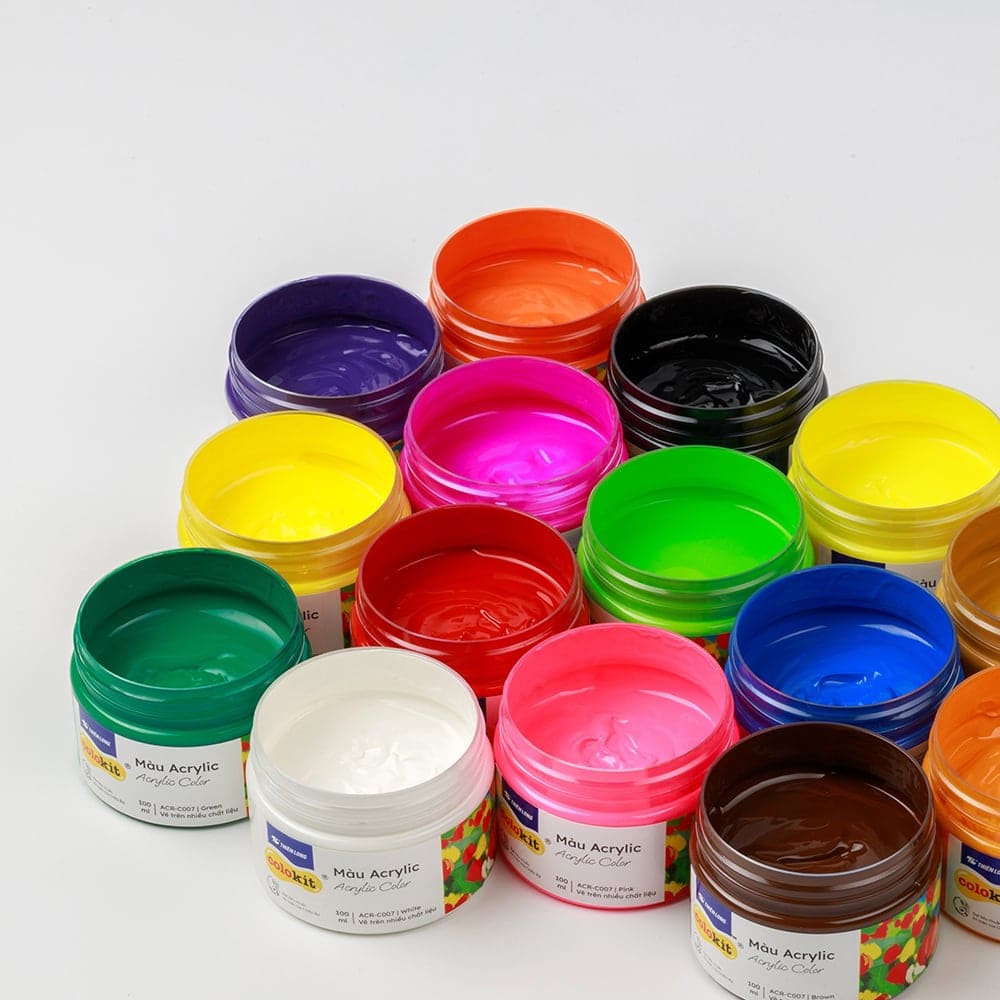
Origins and History of Acrylic Paint
Acrylic paint was first developed in the 1940s by German and American chemists like Otto Röhm and Leonard Bocour. By the 1950s, it exploded in popularity among painters, especially icons like Andy Warhol and Mark Rothko, thanks to its quick-drying nature and longevity.
1950s: Liquid acrylic paint hits the market in tubes and jars. 1960s: Brands like Liquitex and Golden refine the formula, expanding color ranges. Today: Acrylic paint dominates fine art, home decor, and industrial uses.
What is acrylic paint? It’s the game-changer that’s revolutionized modern painting with unmatched flexibility and endurance. For vibrant inspirations rooted in tradition, explore a Vietnam art gallery featuring stunning Vietnamese paintings that blend classic techniques with bold hues.
Features of Acrylic Paint: Why It’s a Favorite in Fine Art
The standout features of acrylic paint set it apart from rivals like watercolors or oils. From toughness to adhesion, acrylic paint offers a one-of-a-kind painting experience.
What Defines Acrylic Paint Features? Key Properties
Acrylic paint boasts these core traits:
Fast-Drying: Sets in 3-20 minutes, depending on thickness and conditions. High Durability: Waterproof, fade-resistant, and tough against light and dust (lasting 20-50 years). Strong Adhesion: Sticks to canvas, wood, glass, plastic, metal, and walls. Versatile Blending: Thin it for watercolor effects or layer thick for texture. Safe Formula: Odor-free and non-toxic, ideal for all ages.
What is acrylic paint? It’s the perfect mash-up of watercolor ease and oil durability, suiting endless painting styles.
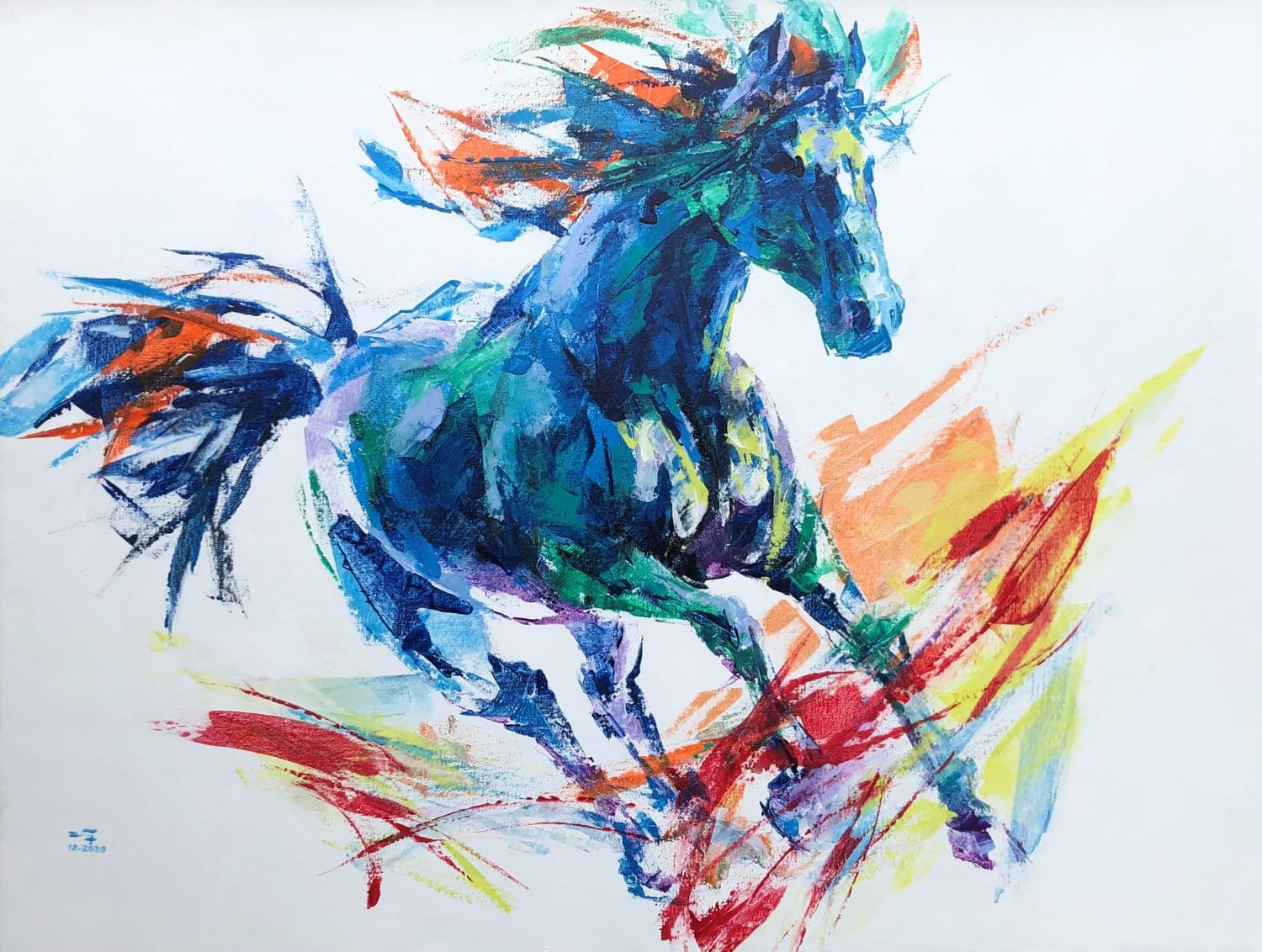
Comparing Acrylic Paint to Other Mediums
Vs. Watercolors: Acrylic dries fast and waterproof, adhering to diverse surfaces—while watercolors stay translucent and re-wet easily. Vs. Oils: No toxic solvents needed, quicker dry time, though slightly less archival than traditional oils. Vs. Gouache: Acrylic holds up better without cracking.
These acrylic paint features make it a smart pick for pros and beginners alike.
Pros and Cons of Acrylic Paint: Benefits and Drawbacks in Use
Grasping the pros and cons of acrylic paint lets you maximize its potential in your creative endeavors.
What Are the Pros and Cons of Acrylic Paint?
Pros of Acrylic Paint:
- Totally Safe: Free of toxins, great for kids and classrooms.
- Surface Variety: Works on fabric, wood, glass, ceramics, or even nails.
- User-Friendly: Thin or use straight—fits any technique.
- Opaque Coverage: Bold, smooth colors with no brush strokes showing.
- Easy Cleanup: Wet paint wipes off with water, no lingering smells.
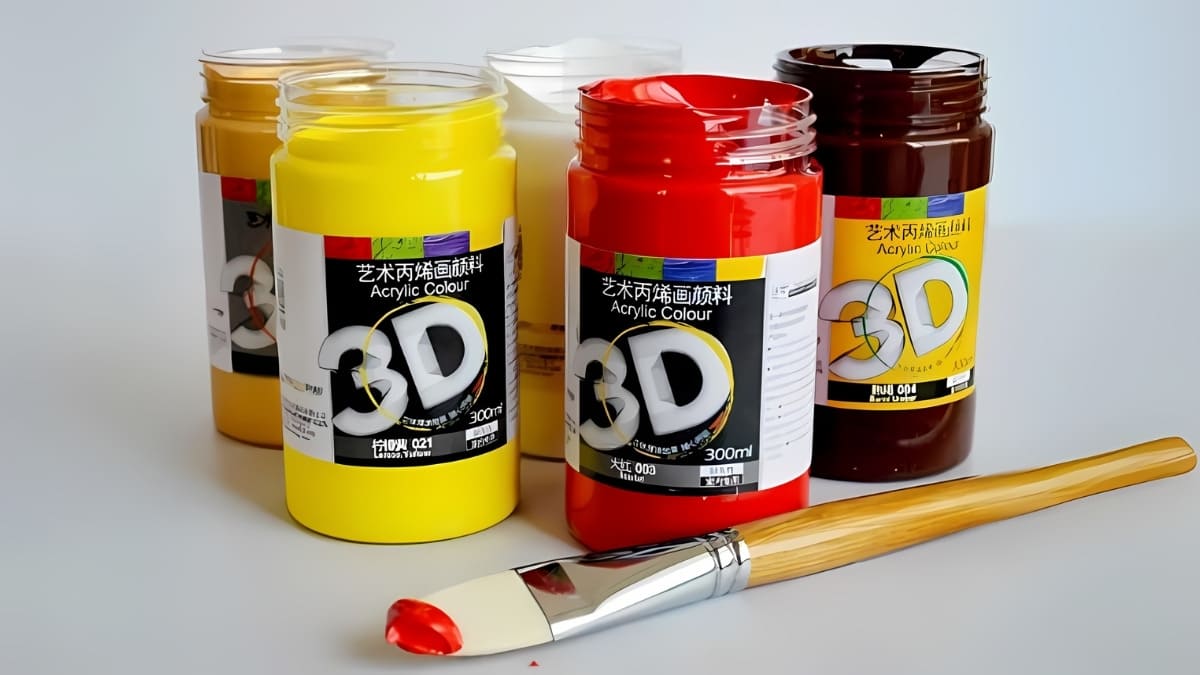
Cons of Acrylic Paint:
- Too-Quick Dry: Tricky for blending or fixes.
- Higher Cost: Pricier than watercolors, especially premium lines like Daler Rowney.
- Brush Damage Risk: Dried paint ruins brushes if not cleaned promptly.
What is acrylic paint? A durable, adaptable essential that rewards quick handling.
Acrylic Paint Applications: What Can You Paint With It and Where?
Acrylic paint shines in a huge range of uses, from fine art to decor and industry, thanks to its grip and toughness.
What Are Acrylic Paint Applications in Fine Art?
In painting, acrylic paint rules the scene:
Canvas Works: Stars in abstracts, pop art, and modern pieces, like David Hockney’s vibrant scenes. Murals: Ideal for indoor/outdoor wall art with its weatherproof seal. 3D Techniques: Mix with sand or gel for raised effects in 3D or 5D paintings. Illustrations: Bright shades perfect for children’s books or covers.
What is acrylic paint in art? A reliable powerhouse for vivid, long-lasting results on big projects.
Acrylic Paint Applications in Daily Life and Industry
Beyond the canvas, acrylic paint pops up in:
Home Decor: Painting wood, ceramics, or furniture for custom accents. Fashion: Fabric dyes, shoe designs, or T-shirt prints for personalized flair. Kids’ Crafts: Safe for preschool art classes or studios. Textile Industry: Pattern printing on clothes, bags, and shoes. Japanese Clay Models: Tinting for lively handmade figures.
These acrylic paint applications prove it’s more than an art tool—it’s everyday innovation.
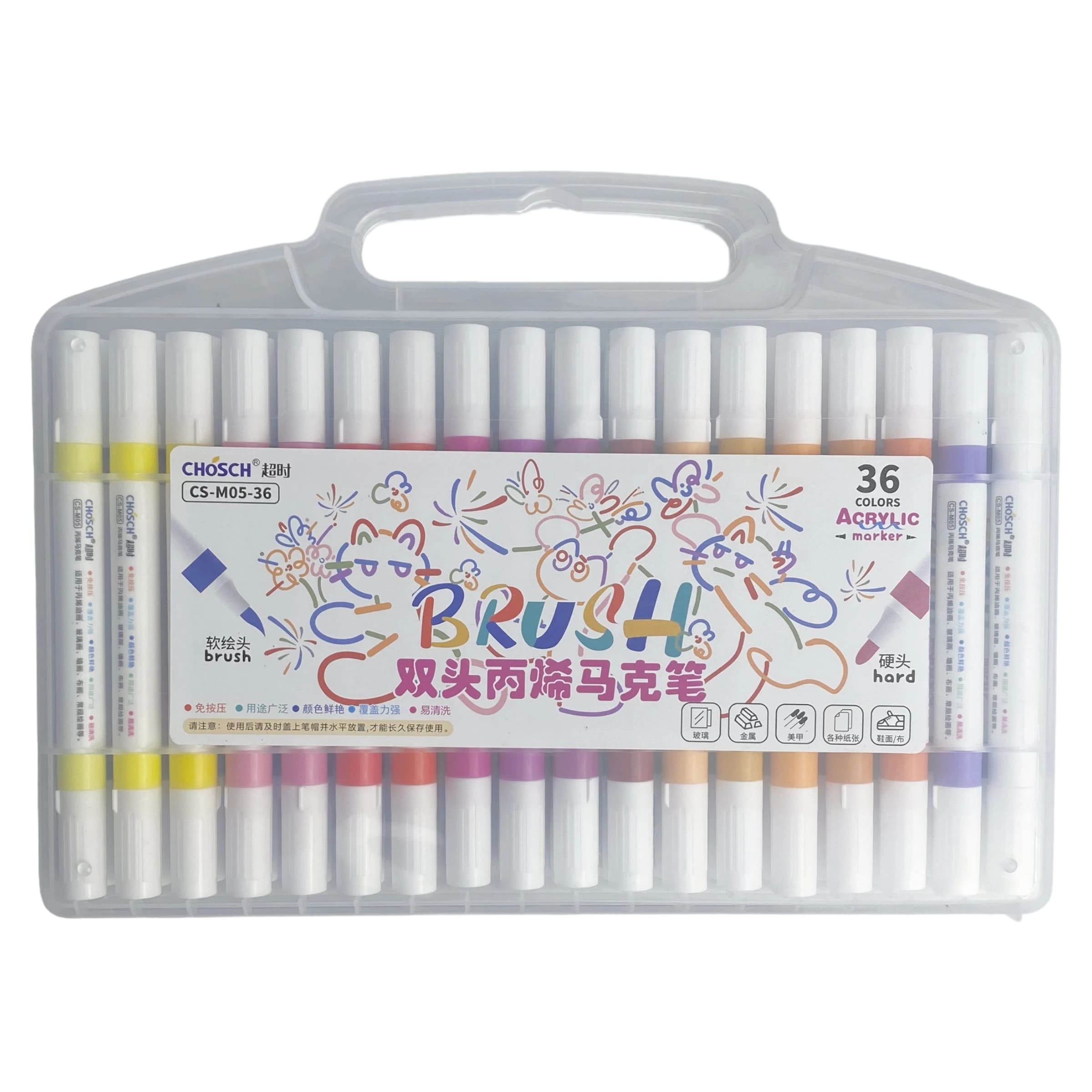
How to Use Acrylic Paint: Step-by-Step Guide for Beginners
Mastering how to use acrylic paint ensures stunning results without waste. Here’s your beginner roadmap.
What’s the Best Way to Use Acrylic Paint Effectively?
Prep Your Tools:
- Acrylic paint: Tubes (50-100ml) or jars (100-300ml) based on needs.
- Brushes: Stiff for thick layers, soft for blends.
- Surfaces: Primed canvas, wood, paper, or glass.
- Cleaning: Rag and fresh water for wet paint touch-ups.
Mixing Acrylic Paint:
- Dilute with water (1:1 or 1:2) for watercolor vibes.
- Add gel medium for transparency or thickness.
- RGB/CMYK Color Tips:
- Orange: 1 part red + 5 parts yellow.
- Green: 1 part blue + 5 parts yellow.
- Brown: 5 parts red + 3 parts blue.
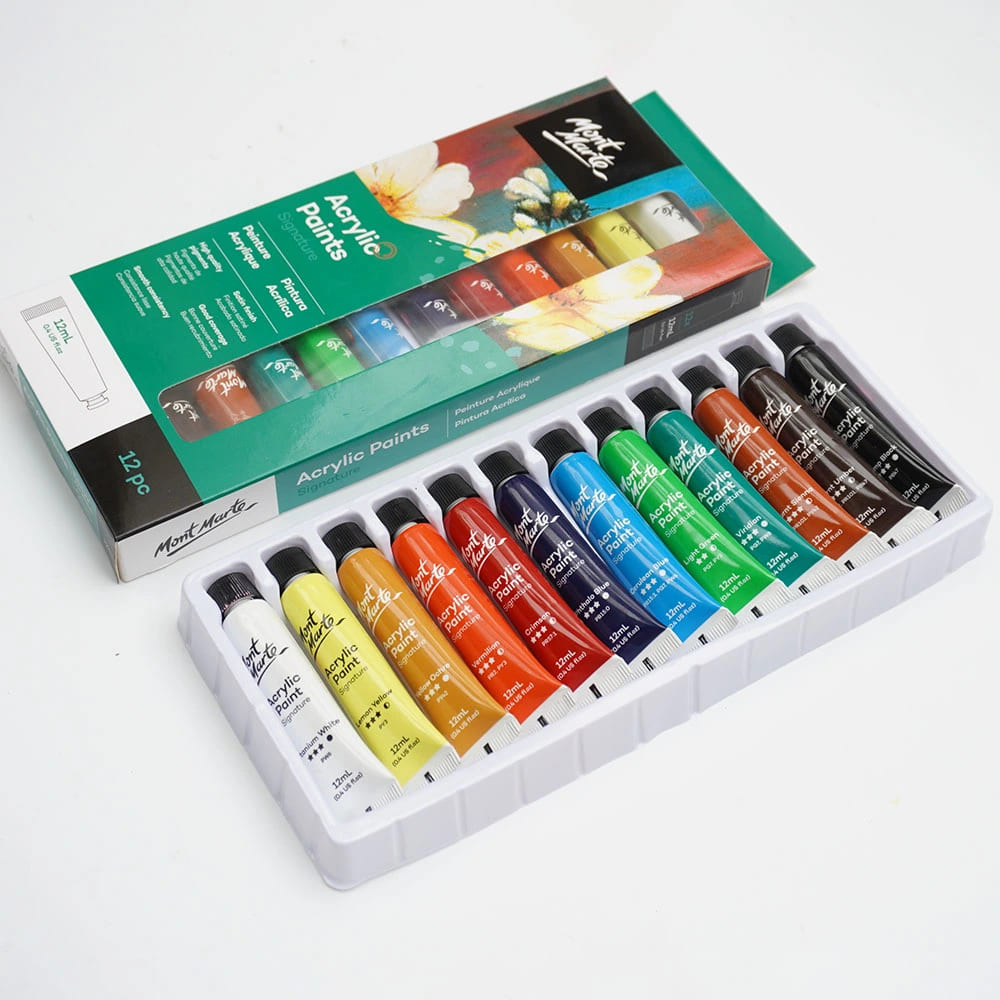
Painting Techniques:
- Layering: Build depth with multiple coats—wait for each to dry.
- Impasto: Palette knife for 3D texture.
- Washing: Thin for watercolor-like bleeds on paper or canvas.
Post-Painting Cleanup:
- Rinse brushes in cool soapy water right away to save them.
- Wipe excess from surfaces.
What is acrylic paint? An approachable medium that thrives on speed and spot-on care.
Tips for Beginners Using Acrylic Paint
Sketch First: Quick-dry means pencil outlines prevent mistakes. Protect Clothes: Apron up—dried paint’s tough on fabrics. Spot Clean Fast: Blot wet spills with tissue; scrape dry gently.
How to Store Acrylic Paint: Long-Lasting and Cost-Saving Tips
Proper acrylic paint storage extends its life and saves money.
What’s Effective Acrylic Paint Storage?
Seal Tight: Snap lids on tubes/jars post-use to block drying or odors. Cool Spot: Keep from direct sun or heat—extremes thin or clump it. Clean Nozzles: Wipe rims free of dried bits for easy resealing. Save Leftovers: Scoop extras into airtight containers for later.
What is acrylic paint? Tough stuff that stays prime with smart storage.
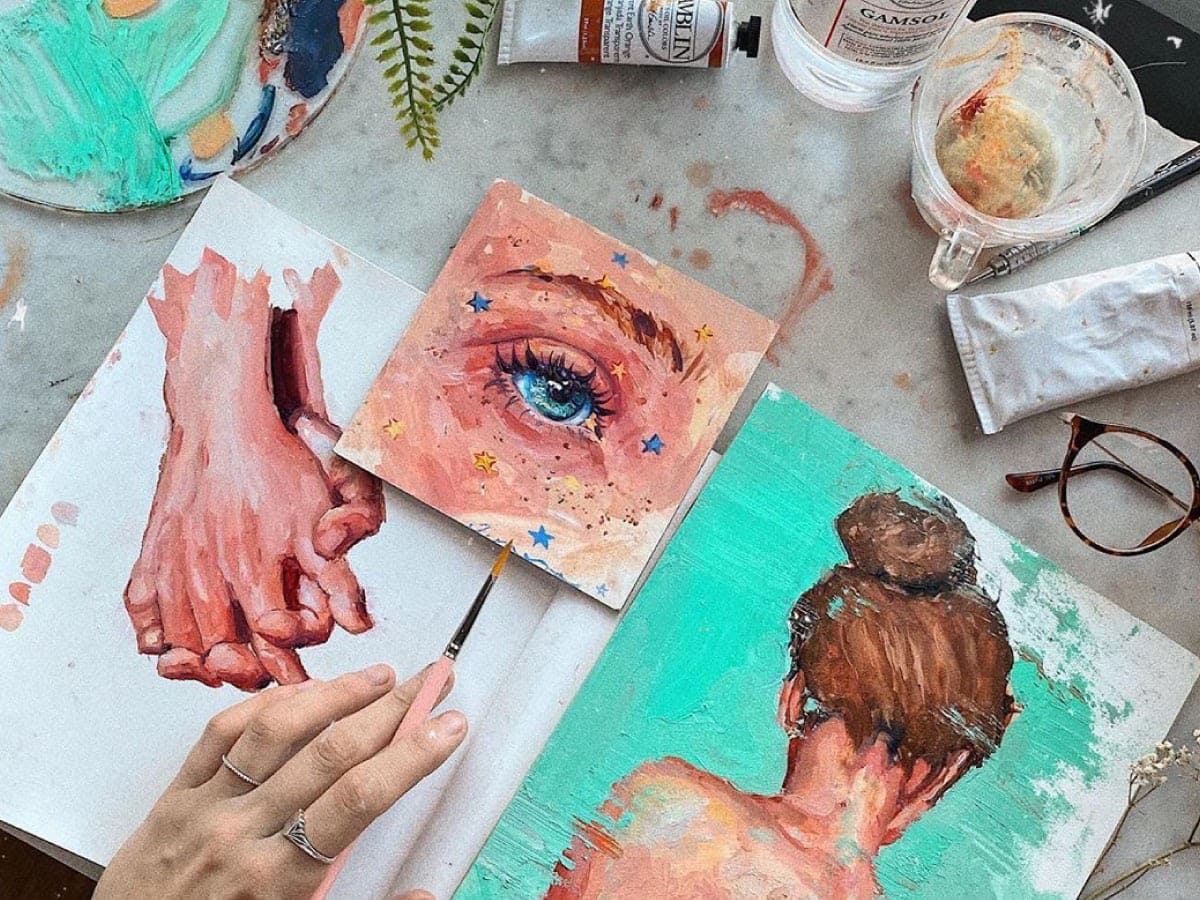
Acrylic Paint for Beginners: Tips for Stunning Results
What is acrylic paint, and how can newbies make it shine? Try these hacks:
Trusted Brands: Liquitex, Golden, or Daler Rowney for true colors and quality. Starter Set: Grab 6-12 basics (red, yellow, blue, white, black) for mixing magic. Paper Practice: Thick canvas paper eases you in before full canvas. Learn Basics: YouTube tutorials or classes nail techniques fast.
What is acrylic paint? A beginner’s dream for fearless experimenting.
Acrylic Paint’s Impact on Art and Everyday Life
What is acrylic paint? More than a medium—it’s a symbol of modern creativity’s spark. From Rothko’s abstracts to custom fashion, it shapes how we innovate. With its toughness, adaptability, and safety, acrylic paint remains artists’ and designers’ top pick.
Have you tried acrylic painting yet? Drop your creations or questions in the comments! For more inspo, hit up local art stores or acrylic exhibit spots.

